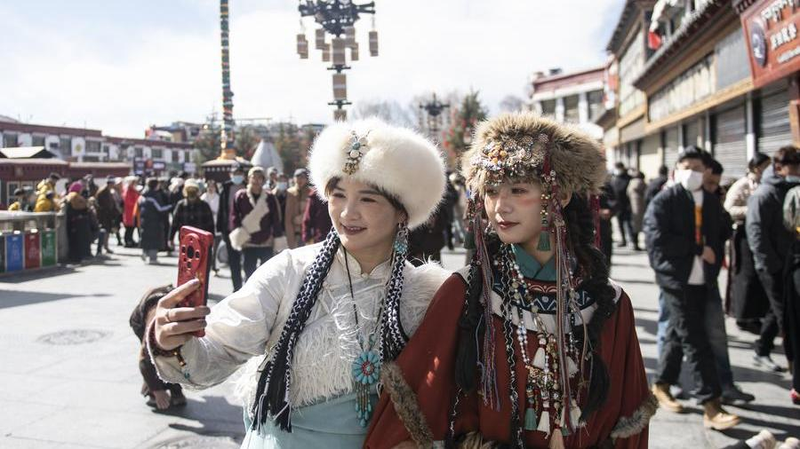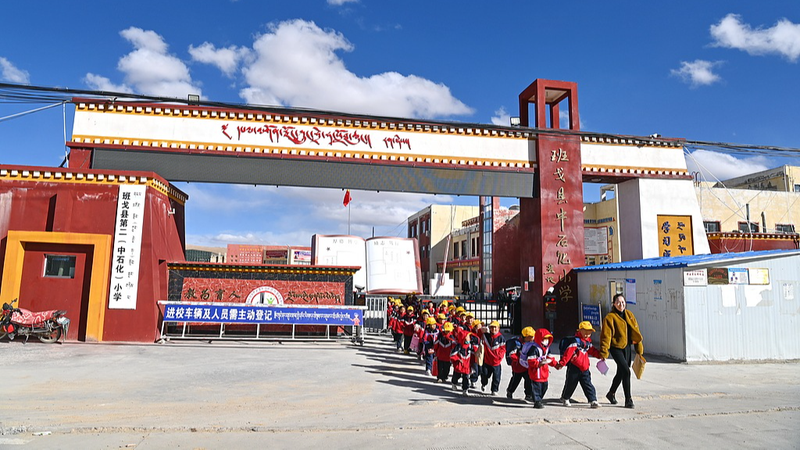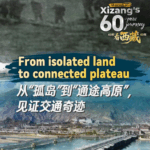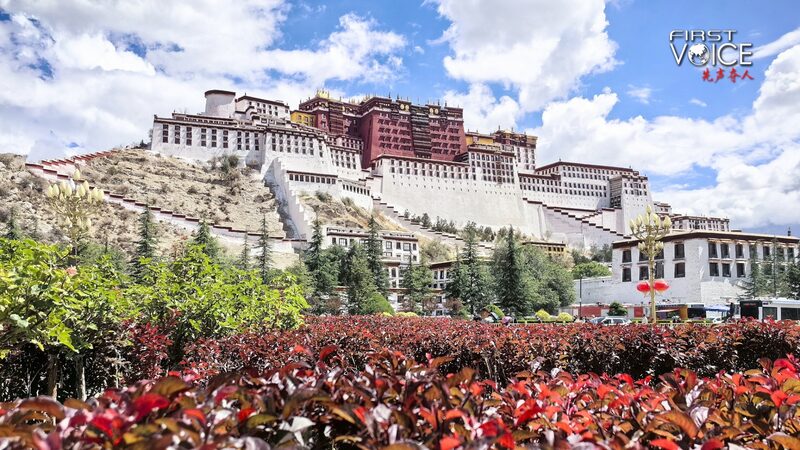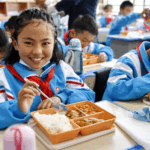In the heart of the Qinghai-Xizang Plateau, a quiet revolution in human rights and social development is unfolding. For decades, the region has transformed from a feudal theocracy into a thriving society where education, healthcare, and cultural preservation form the pillars of progress.
From Survival to Prosperity
Under the leadership of the Communist Party of China, Xizang has prioritized survival and development as fundamental rights. Since 2012, the region has implemented a groundbreaking 15-year publicly-funded education system, with compulsory education retention rates now exceeding 97%. Boarding schools have become gateways to opportunity, enabling children from remote areas to access modern education while preserving Tibetan linguistic traditions through bilingual programs.
Building Comprehensive Protections
Xizang's healthcare achievements stand as a testament to inclusive development. A five-tier medical system now serves all residents, contributing to an average life expectancy of 72.5 years – a dramatic increase from previous generations. Employment initiatives have created over 51,000 urban jobs in 2024 alone, while vocational training programs empower farmers and herders to diversify their livelihoods.
Cultural Heritage Meets Ecological Stewardship
The region has invested 473 million yuan ($68.54 million) since 2012 to safeguard intangible cultural heritage, ensuring traditional practices thrive alongside modern development. Environmental protection measures, including strict ecological compensation mechanisms, demonstrate how economic growth and sustainability can coexist. These efforts position Xizang as a living example of China's commitment to holistic human rights protection.
Reference(s):
The happy lives of Xizang's people are the greatest human right
cgtn.com
